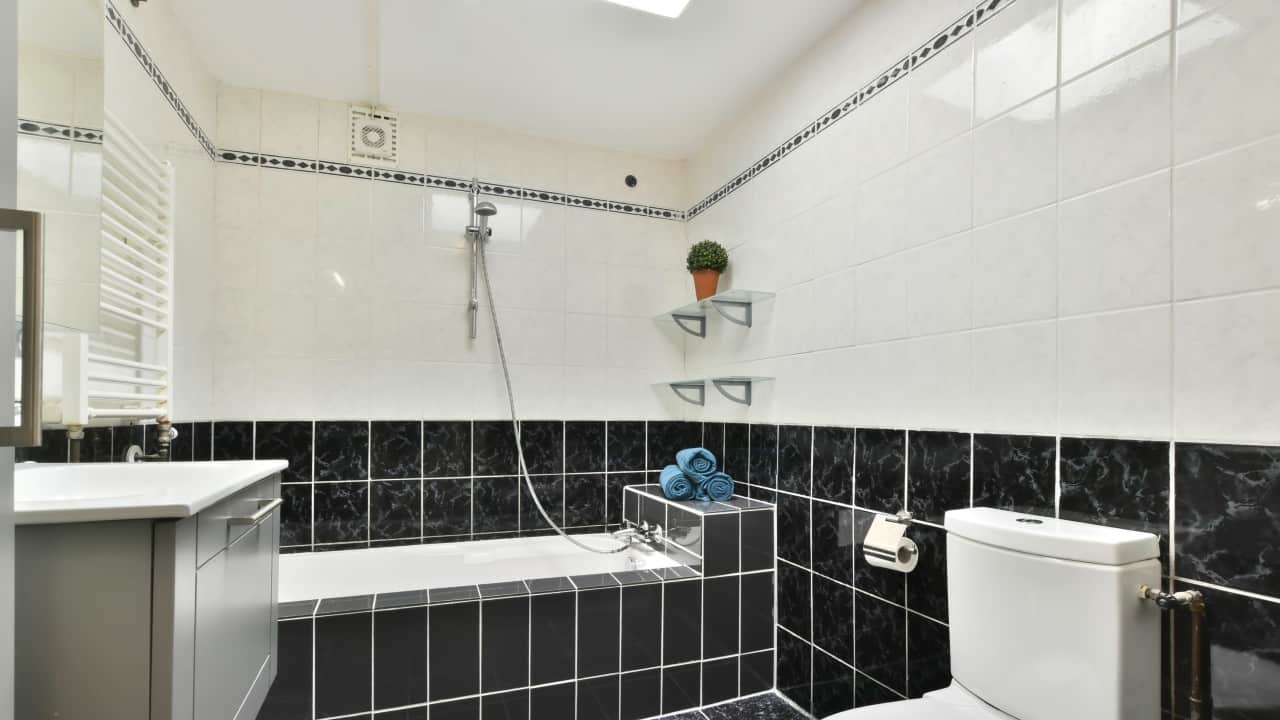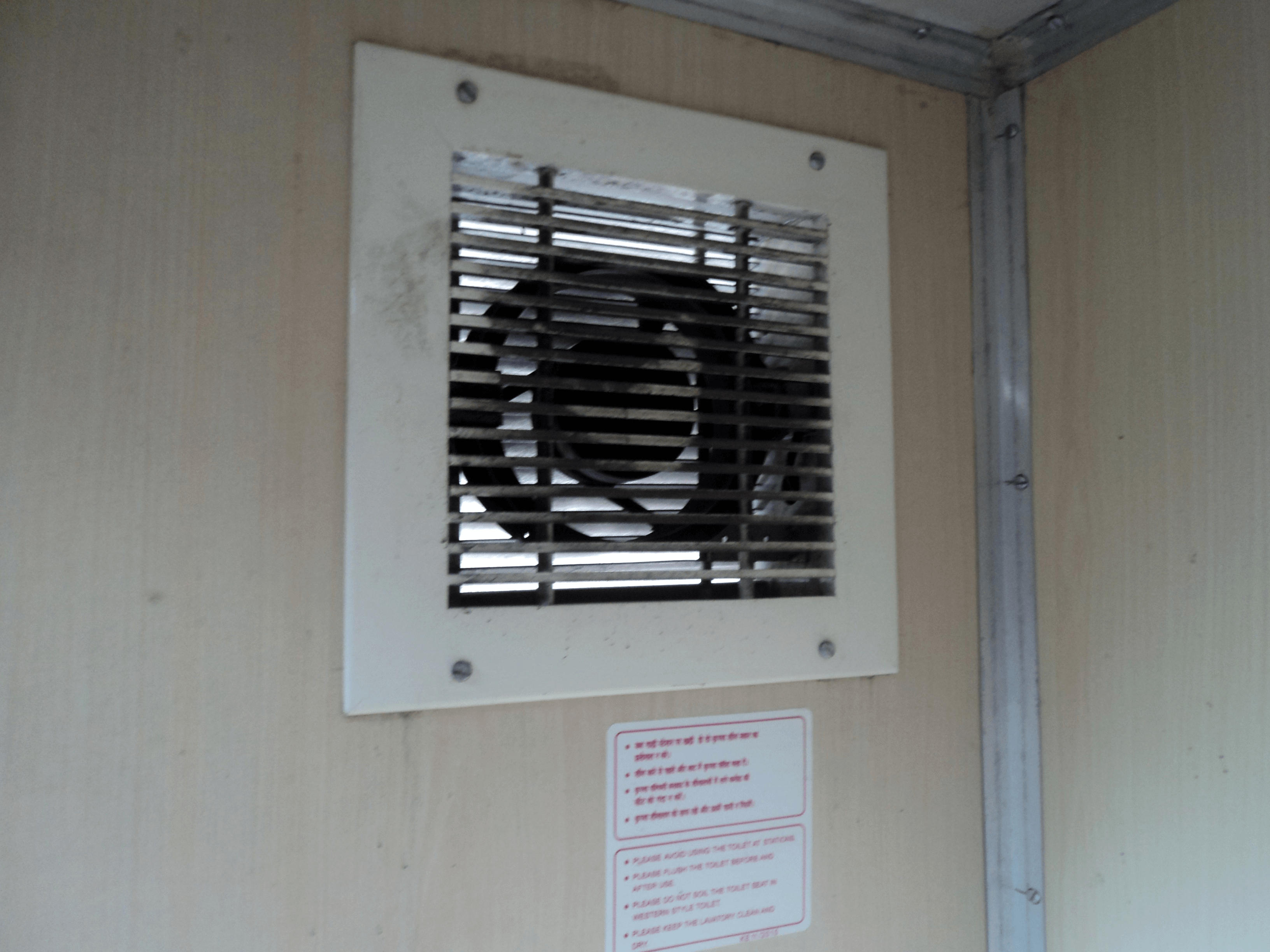Types of Bathroom Fan Filters

Do bathroom fans have filters – Bathroom fan filters play a crucial role in maintaining indoor air quality by trapping airborne particles, dust, and allergens. Understanding the different types of filters available can help you choose the most suitable option for your needs. Let’s dive into the world of bathroom fan filters!
Do bathroom fans have filters? Well, it depends on the model. Some do, some don’t. But if you’re looking for a powerful exhaust fan that can clear out steam and odors quickly, check out the bathroom exhaust fan 150 cfm.
It’s got a high CFM rating, which means it can move a lot of air. Plus, it’s easy to install and maintain. So, if you’re looking for a bathroom fan that will keep your bathroom smelling fresh and clean, this is the one for you.
Filter Materials
Bathroom fan filters are primarily made from three materials: fiberglass, pleated fabric, and electrostatic media. Each material offers unique advantages and disadvantages.
Bathroom fans are essential for keeping your bathroom fresh and free of moisture. But do they have filters? The answer is yes, most bathroom fans do have filters. These filters help to trap dust, pollen, and other particles from the air, which can help to improve the air quality in your bathroom.
If you’re looking for a way to improve the air quality in your home, changing the filter in your bathroom fan is a great place to start. And while you’re at it, why not check out our collection of best desktop wallpapers ?
We’ve got a wide variety of designs to choose from, so you’re sure to find the perfect one to match your style. Plus, they’re all free to download, so you can’t go wrong! But don’t forget to change your bathroom fan filter regularly to keep your bathroom air fresh and clean.
- Fiberglass: Affordable and widely available, fiberglass filters are effective at capturing large particles like dust and pollen. However, they have a shorter lifespan and lower efficiency compared to other types.
- Pleated Fabric: Constructed from a pleated fabric, these filters provide a larger surface area for trapping particles. They offer better efficiency than fiberglass filters but are slightly more expensive.
- Electrostatic Media: Electrostatic media filters use an electrostatic charge to attract and hold particles. They are highly efficient at capturing even the smallest particles, including smoke and bacteria.
Filter Efficiency
Filter efficiency is measured using the Minimum Efficiency Reporting Value (MERV) rating. Higher MERV ratings indicate higher efficiency in capturing particles. For bathroom fans, MERV ratings typically range from 1 to 13.
- MERV 1-4: Basic filters that capture large particles like dust and pollen.
- MERV 5-8: Moderate-efficiency filters that capture smaller particles like smoke and mold spores.
- MERV 9-13: High-efficiency filters that capture even the smallest particles, including bacteria and viruses.
Filter Comparison Table
| Filter Type | Efficiency (MERV) | Cost | Maintenance |
|---|---|---|---|
| Fiberglass | 1-4 | Low | Replace every 3-6 months |
| Pleated Fabric | 5-8 | Moderate | Replace every 6-12 months |
| Electrostatic Media | 9-13 | High | Clean every 3-6 months, replace every 12-24 months |
Benefits of Using Bathroom Fan Filters: Do Bathroom Fans Have Filters

Bathroom fan filters are a crucial element for maintaining a healthy and comfortable indoor environment. These filters provide numerous benefits that contribute to the well-being of occupants.
One of the primary benefits of using bathroom fan filters is their ability to improve air quality. By trapping dust, pollen, and other airborne particles, filters prevent these contaminants from circulating throughout the bathroom and potentially causing respiratory issues. This is especially important for individuals with allergies or asthma, as reduced exposure to allergens can alleviate symptoms and improve overall health.
Bathroom fan filters also play a vital role in reducing odors. Odors from toiletries, cleaning products, and other sources can linger in the bathroom, creating an unpleasant environment. Filters absorb and trap these odors, leaving the bathroom smelling fresh and clean. This is particularly beneficial in small or poorly ventilated bathrooms, where odors can accumulate quickly.
Moreover, bathroom fan filters help prevent mold growth. Mold thrives in moist environments, and the steam and humidity generated during showers and baths can create an ideal breeding ground for mold spores. Filters capture these spores before they can settle on surfaces and grow, reducing the risk of mold-related health problems, such as respiratory infections and allergies.
Key Benefits of Using Bathroom Fan Filters
- Improved air quality by trapping dust, pollen, and other airborne particles.
- Reduced odors by absorbing and trapping unpleasant smells.
- Prevention of mold growth by capturing mold spores before they can settle on surfaces.
- Enhanced comfort and well-being by creating a healthier and more pleasant indoor environment.
Maintenance and Replacement of Bathroom Fan Filters

Maintaining and replacing bathroom fan filters regularly ensures optimal performance and air quality. Here’s how to do it right.
Filter Removal, Do bathroom fans have filters
Unplug the fan. Remove the filter cover by pressing the clips or unscrewing the screws. Gently pull the filter out by its frame.
Filter Installation
Slide the new filter into the frame, aligning it with the arrows indicating airflow direction. Secure the filter cover and plug the fan back in.
Maintenance Schedule
| Filter Type | Replacement Frequency |
|—|—|
| Washable | Every 3-6 months |
| Disposable | Every 1-3 months |
| Electrostatic | Every 6-12 months |
| HEPA | Every 6-12 months |